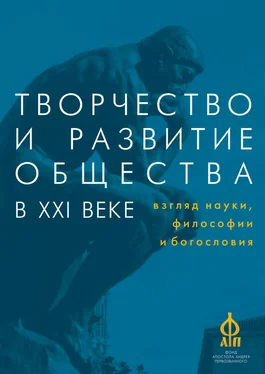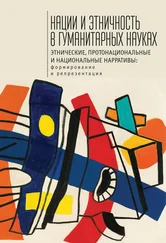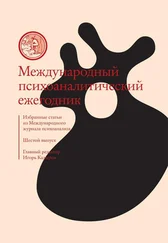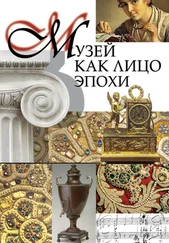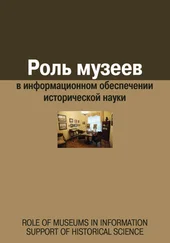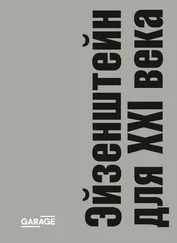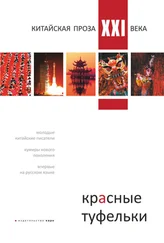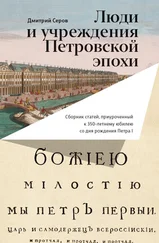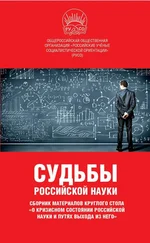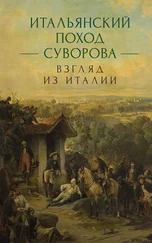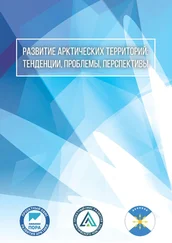Якунин Владимир Иванович – председатель попечительского совета Фонда апостола Андрея Первозванного и Центра национальной славы, доктор политических наук.
Яхнин Андрей Леонидович – культуролог, художник, архитектор, преподаватель Православного Свято-Тихоновского гуманитарного университета.
COLLECTION OF ARTICLES “Creativity and Development of Society in the 21 stCentury: a View of Science, Philosophy and Theology”. St.Petersburg: “Aleteja”, 2016
Readers are invited to a collection of scientific articles “Creation and Development of Society in the 21 stcentury: a View of Science, Philosophy and Theology.”
Religion, philosophy, science and art, represent different views on the nature of creative work, its goals and objectives. However, it is evident that transformation of society and the individual is attainable due to creative work. The origins and the directions of human creative activity characterize the society and its level of civilization.
Authors of this collection view from different points both the fundamental issues related to comprehension of the nature and meaning of creative work and its social and various applied aspects, such as: the problems of formation, development, and utilization of creative potential in modern Russia, the relationship between creative work, the world outlook and morality, the current changes in culture and art, the formation of a creative personality, etc.
The idea of making this book was prompted by the reports that were made at the XVIII Annual Interdisciplinary Conference “Science. Philosophy. Religion”, held on November 17 – 18, 2015 in the science city of Dubna. Conference “Science. Philosophy. Religion” represents a platform for discussions, which gathers representatives of science, philosophy, theology and other humanitarian disciplines for addressing the pressing problems of our time with the aim of finding ways to resolve them.
Apart from the papers of conference participants this edition includes articles written by a number of experts who expressed a desire to share their thoughts about the current problems of human creativity with the readers. Among the authors of the collection one can find the representatives of various fields of science, art, and intellectual thought: physicists, economists, political scientists, historians, psychologists, cultural scholars, philosophers, theologians, artists, icons painters, architects, composers, writers and others.
This edition comprises five thematic sections.
The section on “Global challenges of the 21 stcentury and the development of intellectual potential in Russia” includes a number of articles dealing with the urgent issues facing our country. Competitiveness of Russia as a major geopolitical subject depends on the ability to resolve these issues. Themes presented in this section cover such topics as: humanitarian security issues, development of new technologies, the role of the embedded sets of values; assessment of the factors influencing the creative potential of Russian science; development of national scientific school and indigenous intellectual traditions.
Section on “Creativity and the intellectual human activity from the standpoint of philosophy and psychology,” contains the articles in which philosophers and psychologists conceptualize the nature of creativity, reflect on its sources and analyze various alternatives to creative work including surrogates of creativity.
Authors of the section dealing with “The Understanding of creativity in Orthodox theology” deal on the basis of Christian faith with such topics as: goals of creative work, freedom and moral responsibility of human creators, personal strife for spiritual perfection, etc.
Section on “Problems and perspectives of artistic creativity” includes the articles on secular and religious art, the relationship between them in the past and at present; the transformations that are taking place in them. Authors of the section include: artists, painters, icon painters, architects and composers who reflect on transformations occurring in contemporary religious art: in liturgical singing, in iconography, in architecture. They also discuss the impact of Western art and consumer society on the domestic art scene.
The section about ’’The creative work of physicists” contains the articles about Russian scientists, their contribution to the development of theoretical physics, as well as articles dealing with the specifics of modern physical theories development.
This book offers a wide range of views about the phenomenon of creativity, creative abilities of individuals and on the creative potential of Russian society. This collection of articles will be useful both for specialists and general public, in a word to all the readers interested in the issues of creativity.
Bagdasaryan Vardan E., “Cognitive Weapons” as an Instrument for Suppression of National Talent Potential
The paper describes hybrid warfare strategy against geopolitical competitors that are cognitively programmed to self-destruction. State deconstruction technologies affecting society and humans lead to the demise of a nation in civilizational and organic sense. Quazi-scientific concepts are used as an ideological cover for the geopolitical struggle. External control of national science is conducted through allotment of research grants, academic awards, ratings, quotation indexes, foreign training, etc. Russia today found itself in a position of pseudo-academic concepts, adopted at the level of expert community close to decision making centers that reduces the sovereignty of the state. Countering the “cognitive weapons” requires the revival of nation oriented indigenous Russian science, primarily in the sphere of humanities.
Kew words: civilizational identity, value platforms, designing the future, political manipulation of scientific data, academic brands and taboos, westernized ideology, cultural matrix.
Chernyshev Nikolay, Archpriest, Iconic Creativity and Canonicity
Today there is confusion of notions and definitions in the ecclesiastical artistic culture: what should be considered to be an icon; what should it be like? The author points at enduring problems connected with the understanding of the icon phenomenon and the attitude to it, takes notice of the problems concerning the icon-painting teaching. It is reminded of the designation of an icon: it should evince the same that Christ does – the deification of a human being. The author insists on the development of icon study as an essential part of dogmatics; suggests considering those pieces of art that claim to be ecclesiastical from the point of view of the Seventh Ecumenical Council’s, reminds of the icon-painting language tenets, as well as of the difference between the designation of an icon and that of a painting. The cultural impasse can be resolved through the creative following the Holy Tradition. The author is persuaded that an icon should be created in accordance with objective laws. Different styles are receding into the past, but the canon that shapes the icon-painting language will keep on its value. There is a detailed reflection on a canon presented at the end of the article.
Keywords: icon, theology of icon, icon study, renaissance, Orthodox culture, profane art, icon-painting language, style, traditions, canon.
Chernyy Yuri Y., Creativity and Creative Industries: Transformation of Creation in the Innovation Economy
Читать дальше
Конец ознакомительного отрывка
Купить книгу
